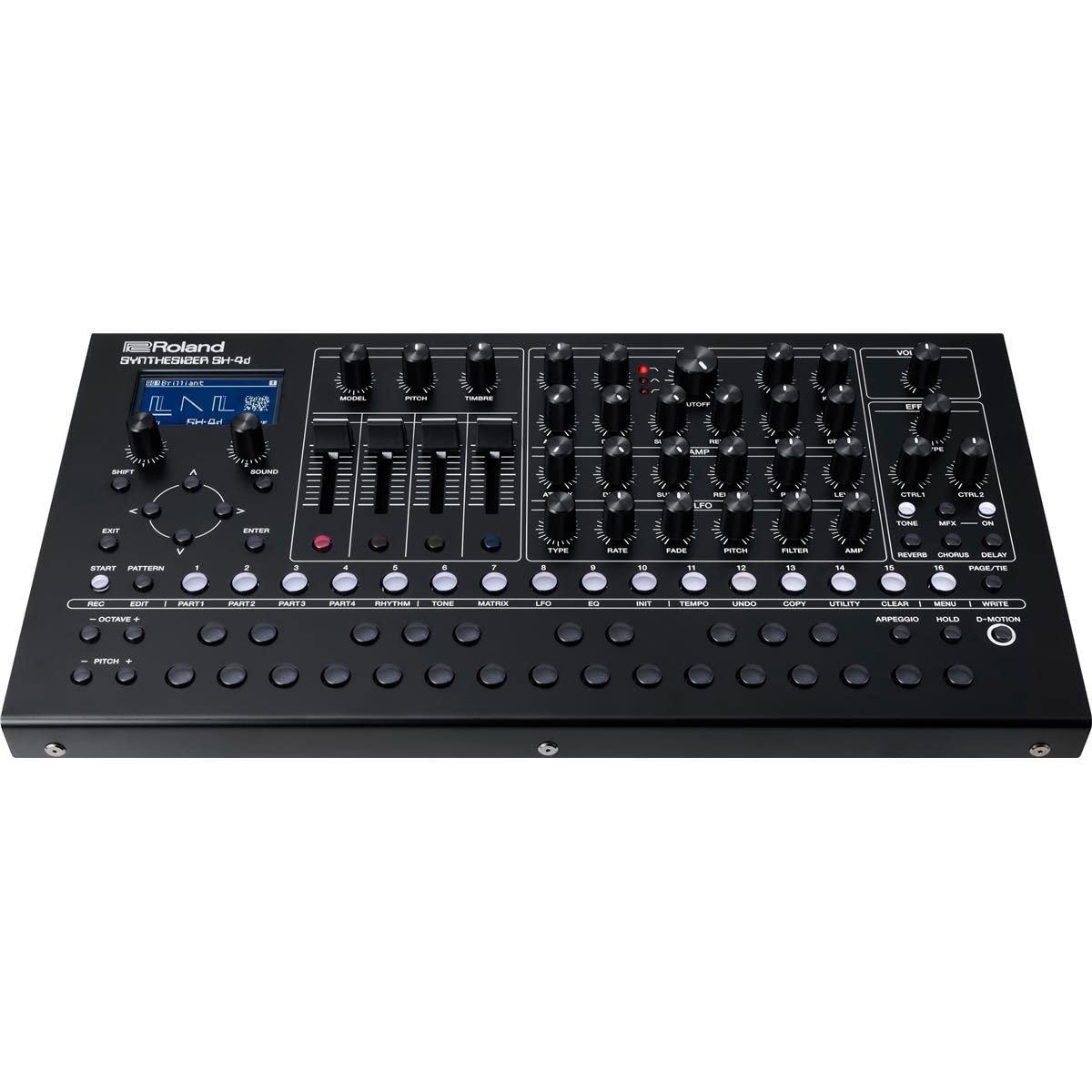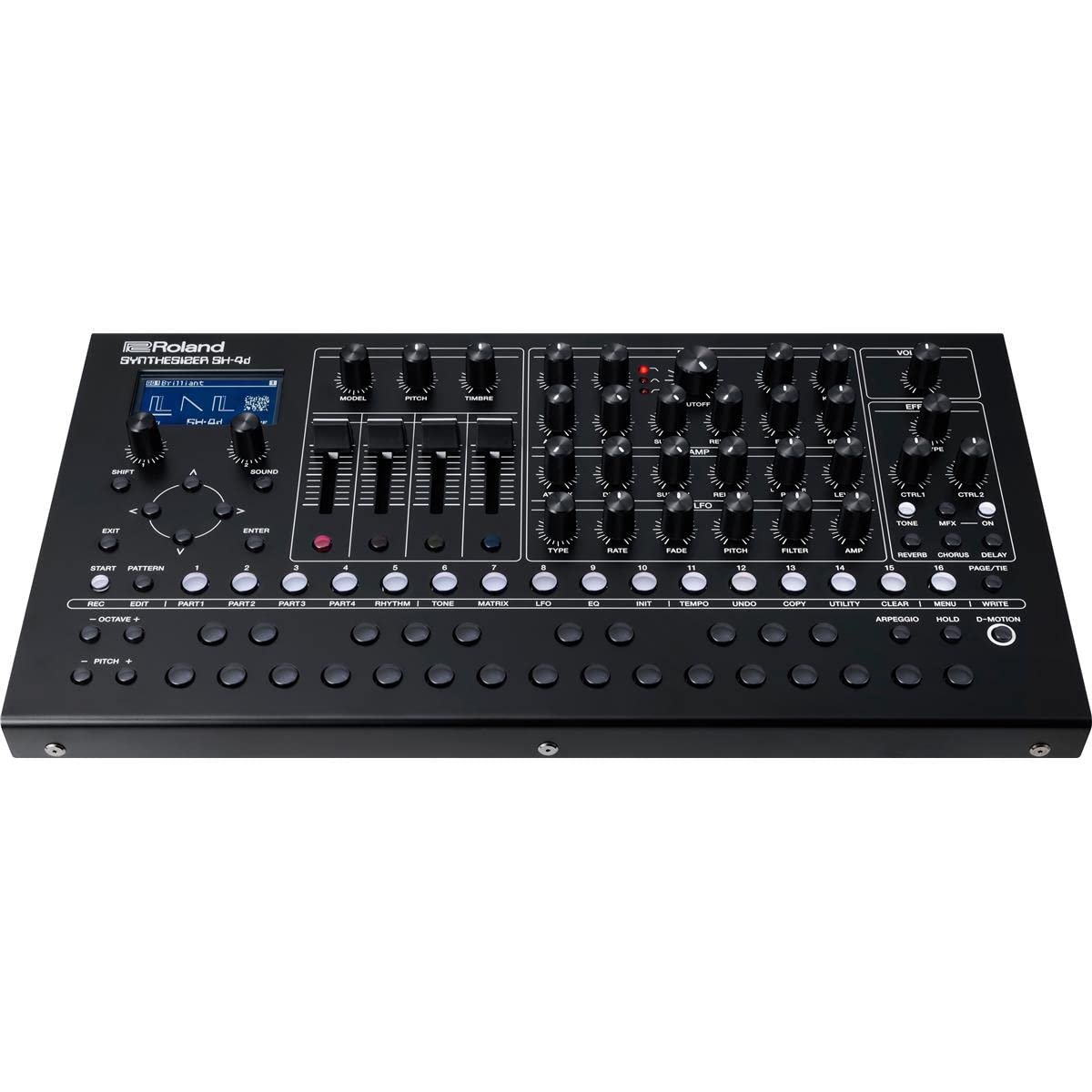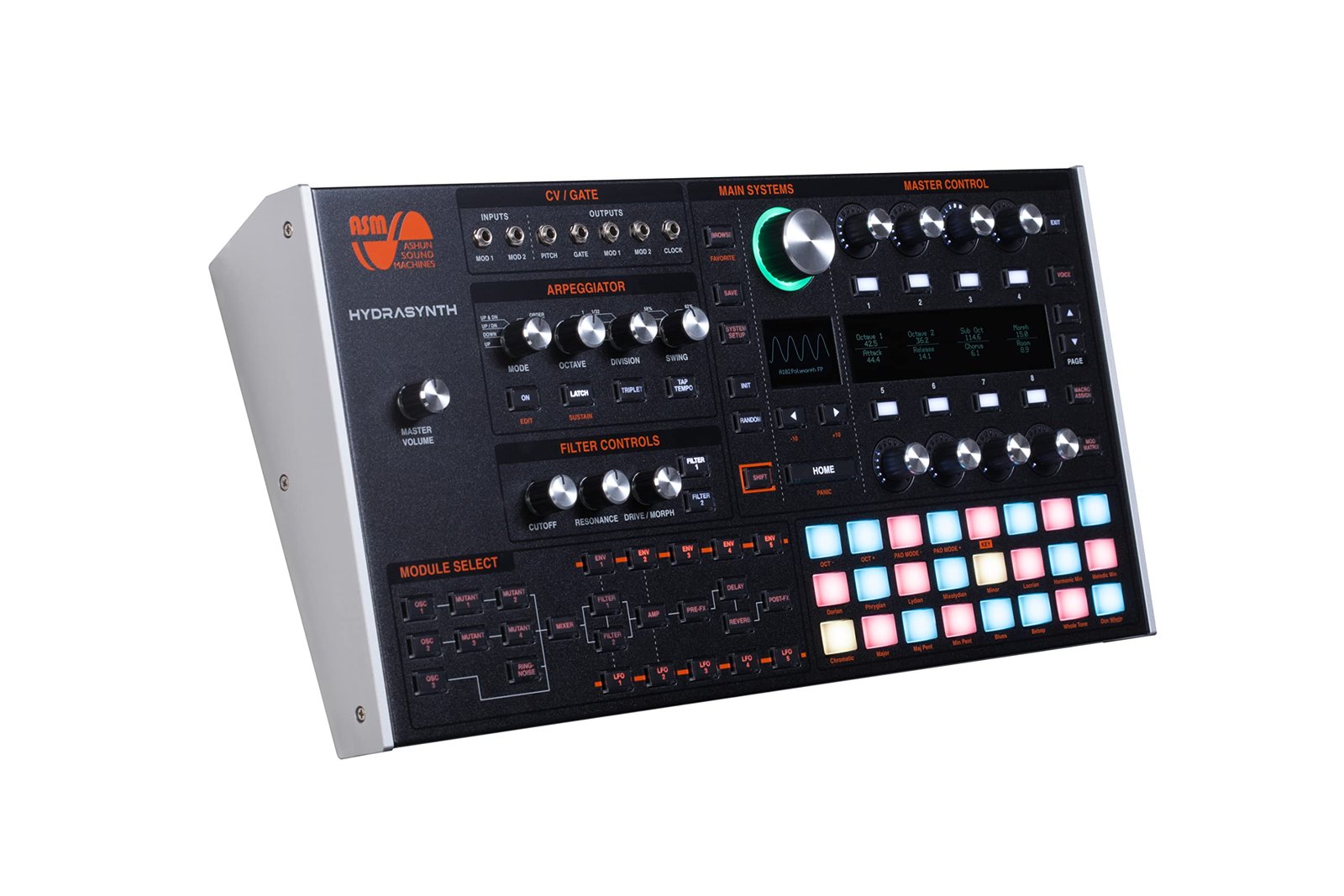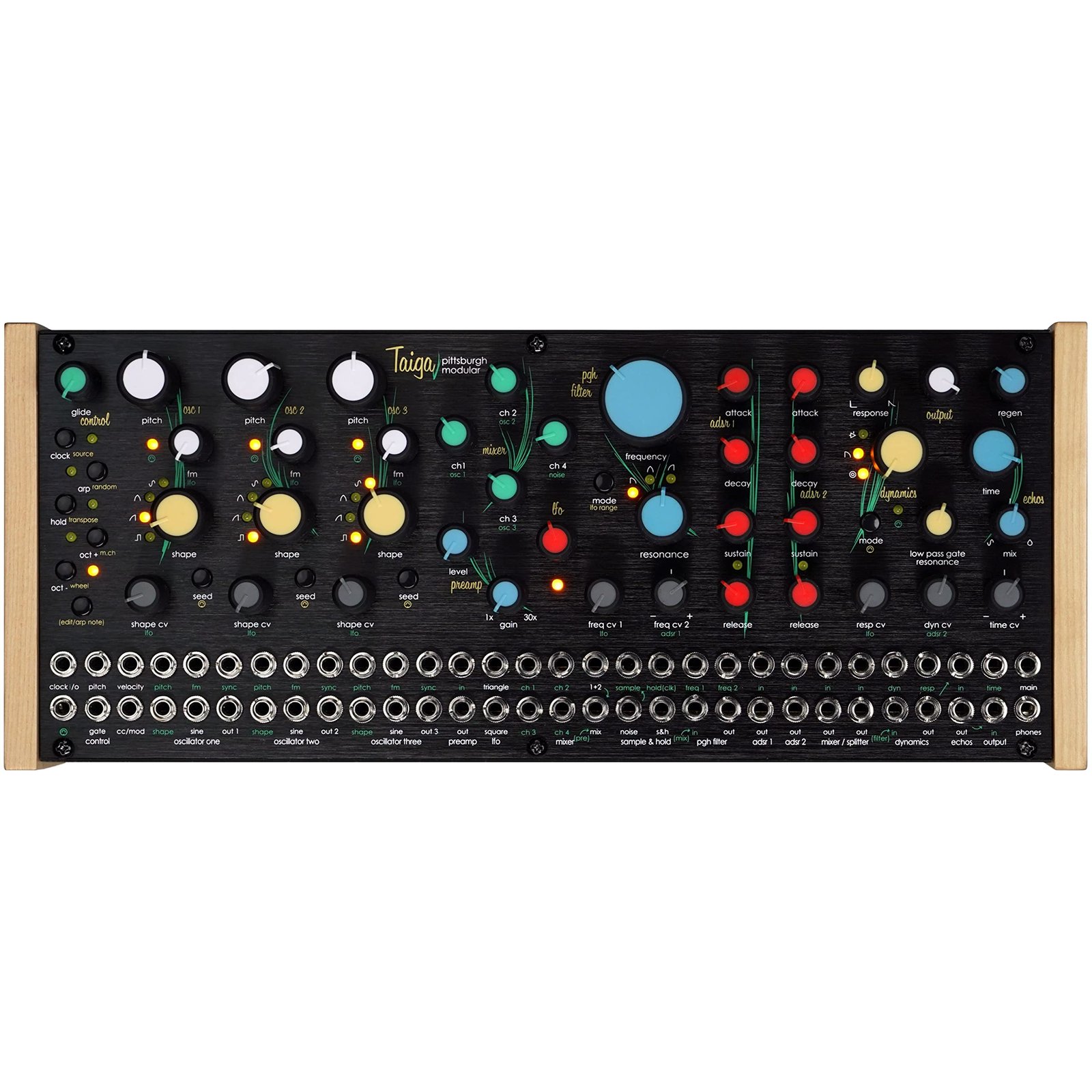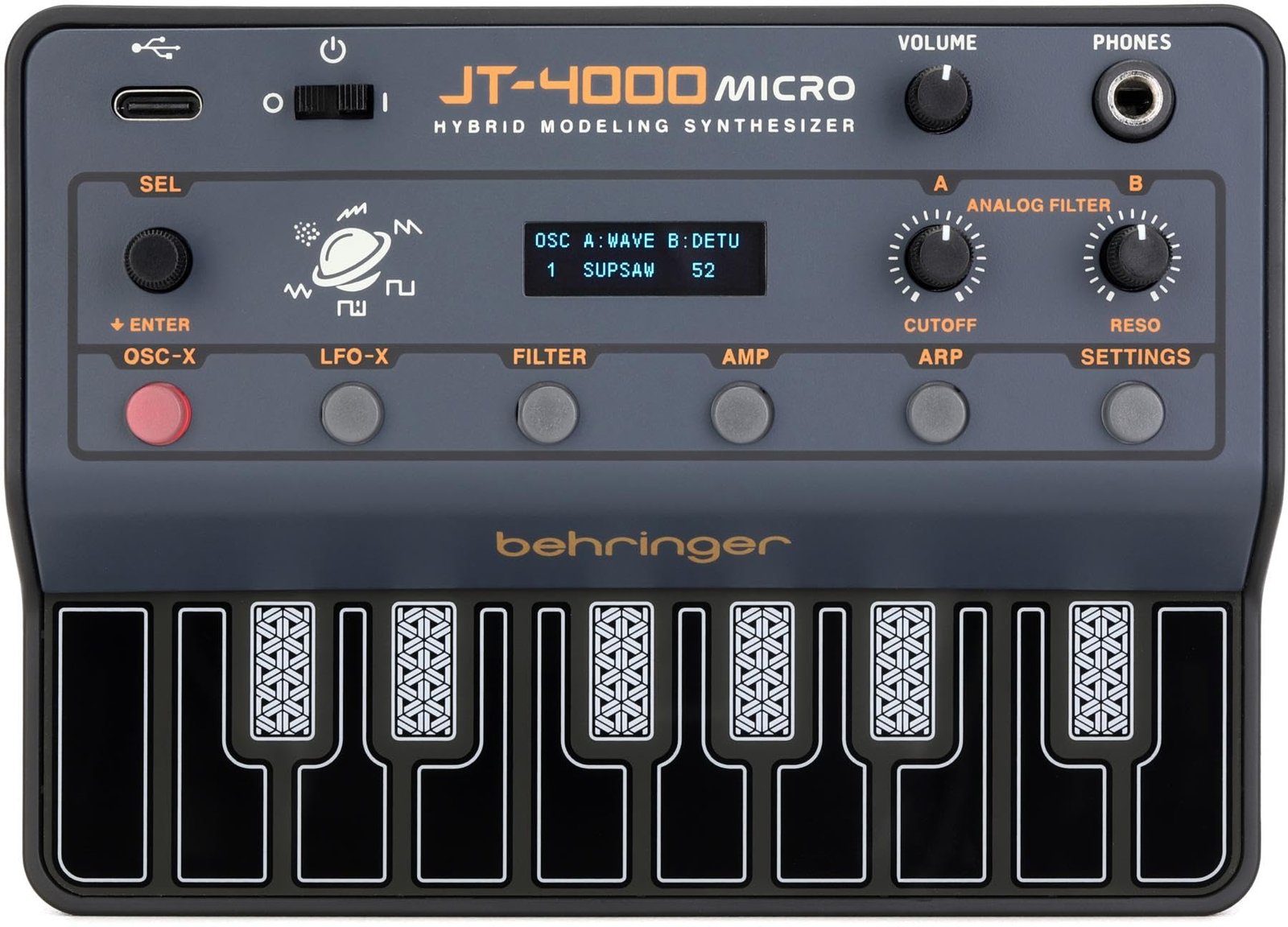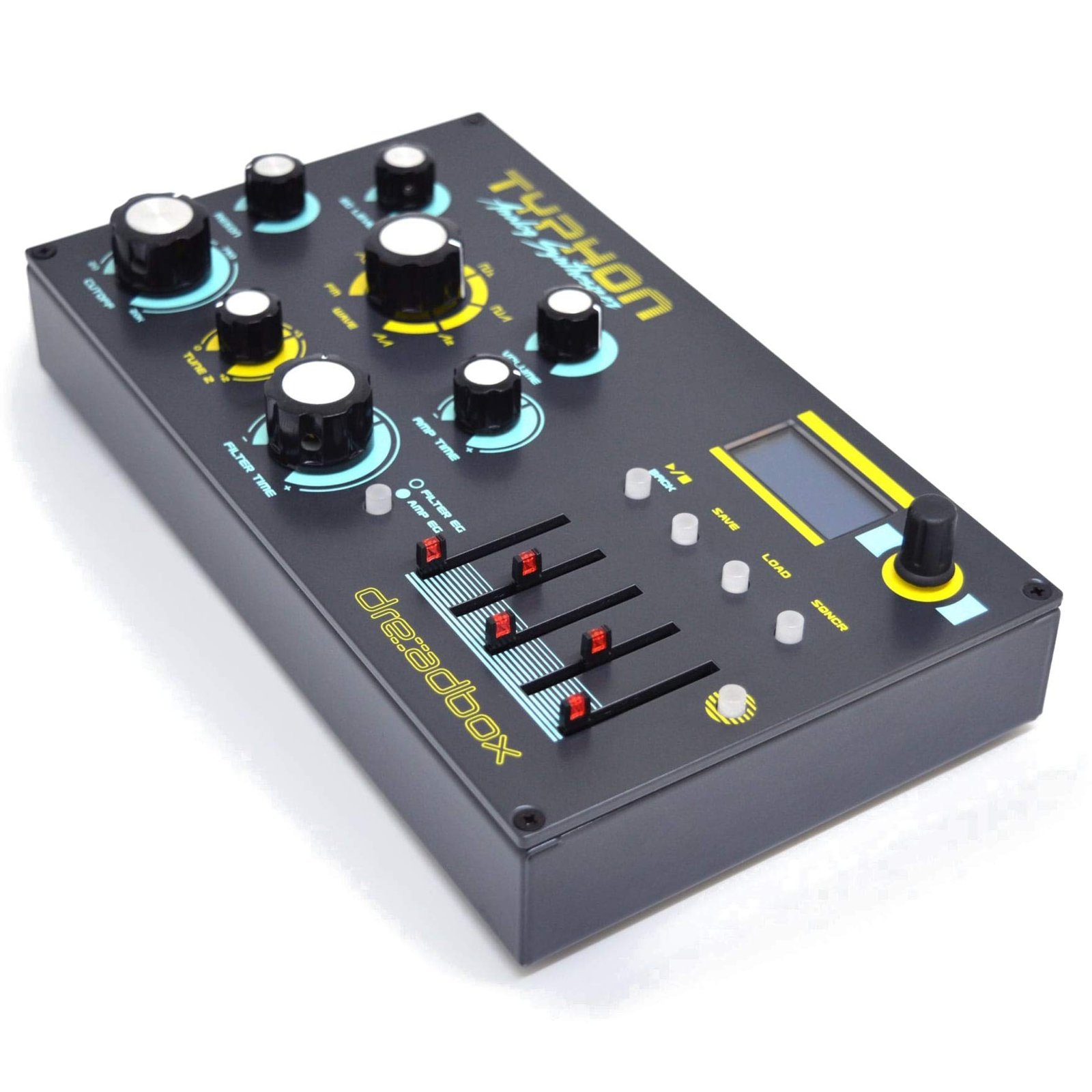Desktop synthesizers bring the power of music production directly to your workspace.
They allow you to create, modify, and explore sound in a compact and accessible form.
They come with diverse features and interfaces, enabling musicians and hobbyists alike to produce high-quality audio without needing a full-scale studio setup.
Whether you’re into electronic dance music, ambient soundscapes, or experimental tunes, desktop synthesizers offer a vast playground for creativity.
When choosing a desktop synthesizer, consider the variety of sounds and synthesis types it offers, such as analog, digital, or a hybrid of both.
Some focus on user-friendly interfaces and are ideal for beginners, while others provide extensive customization for seasoned professionals.
Pay attention to connectivity options like MIDI, USB, or CV/Gate, which can impact how easily you can integrate the synth into your existing setup.
Portability might also be a crucial factor if you plan to move your synth between different environments.
Selecting the right desktop synthesizer involves balancing your creative goals with the technical features available.
By considering your specific needs and preferences, you can find a synth that complements your sound crafting journey and enriches your music production process.
Top Desktop Synthesizers
It’s time to explore the top desktop synthesizers you can add to your music setup.
Whether you’re a hobbyist or a professional, there’s something for everyone.
Let’s get into the list of the best ones out there.
Roland SH-4d Synth
This synthesizer is a brilliant pick if you’re after a versatile tool that allows spontaneous creativity and sound design on the fly.
- Flexible sound design across multiple styles
- Hands-on workflow makes for intuitive use
- Highly portable and adaptable for various settings
- Complex controls may be overwhelming at first
- Learning curve for mastering all features
- Relatively high price point
The Roland SH-4d is all about providing you with diverse sound creation possibilities.
With a multitude of oscillator models, you’ll find the flexibility to craft any tone you imagine.
Plus, its intuitive design encourages experimentation, fostering those spontaneous musical moments.
Portability is a significant benefit.
Whether you’re in a studio, performing live, or traveling, this compact synth is designed for ease of use wherever you are.
It saves on space, making it a handy solution if you’re working with limited room.
While it’s packed with features and offers broad creative potential, beginners might find it a bit challenging at first.
The array of buttons and knobs could take some time to get used to, but if you’re willing to invest the time, it’s worth the effort.
ASM Hydrasynth Desktop Synthesizer
If you’re in the market for a feature-rich and intuitive desktop synthesizer, this one is definitely worth considering.
- Impressive flexibility in sound design
- Handy onboard polyphonic pressure touch pads
- Compact design suitable for rack mounting
- Lacks built-in sequencer functionality
- Can be complex for beginners
- Might feel bulky due to its 9 kg weight
This synthesizer offers a robust sound engine, making it a playground for sound designers.
It’s easy enough to navigate and has a user-friendly interface that lets you dive into creating music seamlessly.
The 24 polyphonic touch pads allow you to play and experiment, providing great touch control right out of the box.
While it doesn’t come with a sequencer, the step mode in LFO kind of fills in this gap with a lot of creative possibilities.
Exploring the vast array of patches available ensures that whether you’re into ambient, electronica, or any other genre, there’s something to suit your needs.
Be prepared for a learning curve if you’re new to synthesizers, but the effort is certainly rewarded down the line with incredible sound possibilities.
Its keen design keeps it versatile, allowing for integration into various setups.
Even though its weight might be a concern for those on-the-go, its sturdy build made from aluminum and steel ensures durability.
Taiga Synthesizer
If you’re into exploring unique sonic possibilities, the Taiga Synthesizer is a solid choice with its innovative features.
- Features three powerful analog oscillators.
- Offers both VCA and LPG modes for versatile sound shaping.
- Includes wavefolders for complex sound design.
- The Bucket Brigade Delay might occasionally have issues.
- Could be a bit bulky for limited desk space.
- Smaller user base with fewer reviews
The Taiga Synthesizer breaks away from traditional analog sounds with its trio of robust oscillators.
The blend of wavefolders and a versatile dynamics controller lets you experiment with a broad spectrum of sounds, from classic tones to modern textures.
Despite its potential, some users have noted occasional problems with the Bucket Brigade Delay.
It’s something to keep in mind if this feature is crucial to you.
Overall, the Taiga is a hefty unit, so ensure you’ve got room to accommodate it on your setup.
Its unique features, though, make it a worthwhile consideration for anyone looking to push their creative boundaries.
Behringer JT-4000 Micro Synth
A fantastic option if you’re looking for portable synthesis power without breaking the bank.
- Compact and easy to carry
- Great sound quality for its size
- User-friendly interface
- Limited key range
- Lacks battery-powered option
- May require additional gear for full functionality
If you want a synthesizer that packs a punch without taking up much space, the Behringer JT-4000 might be just what you need.
It’s designed for musicians on the go, offering a blend of portability and powerful sound production.
The hybrid modeling shines, delivering a variety of cool sonic possibilities with minimal fuss.
Despite its small footprint, this synth offers a surprising level of control and depth.
You’ll find the streamlined interface incredibly intuitive, making it easy to navigate through presets and craft sounds quickly.
The capacitive touch keyboard, though limited to 16 notes, is sensitive and responsive, contributing to a seamless playing experience.
While its size is one of its strengths, it also means some compromises.
You might need some extras, like a larger keyboard or other gear, to truly unlock its potential in a studio setting.
But for on-the-spot creativity and energetic synth performances, this model holds its own and is worth considering in your setup.
Dreadbox Typhon Synth
If you’re after a powerful and compact synthesizer that punches well above its weight, the Dreadbox Typhon should be on your radar.
- Impressive sound design features packed in a small package
- Combines analog warmth with advanced DSP effects
- Affordable for the feature set
- Limited to monophonic sound
- May require additional gear for MIDI compatibility
- Learning curve for beginners due to extensive features
Despite its size, the Typhon boasts a robust set of sound design tools that can spark your creativity.
With two analog VCOs and an impressive effects suite, this synth brings a rich, warm sound that can add depth to any track.
The integration of cutting-edge DSP technology from Sinevibes elevates its capabilities, offering a diverse array of effects.
This makes it a versatile unit for musicians who like to experiment with their sound.
Its portability means you can carry it along wherever inspiration strikes.
Some users might find its monophonic nature limiting if they prefer polyphonic soundscapes.
Beginners might face a steep learning curve, but those willing to explore will find it a rewarding investment.
Buying Guide
When shopping for a desktop synthesizer, it’s all about knowing your needs and preferences.
Consider the following elements to make a well-informed decision.
Sound Capabilities
Look into the variety and quality of sounds it can produce. Monophonic synthesizers generate one note at a time, while polyphonic can play multiple notes.
This determines the complexity of your compositions.
Controls and Interface
A user-friendly interface is key.
If you’re a beginner, you’ll want straightforward controls.
More advanced users may appreciate detailed knobs and sliders for precise adjustments.
Try playing with a few before buying.
Connectivity Options
Check for MIDI support, USB connections, and audio outputs.
These enhance compatibility with other musical gear and your computer setup.
Having multiple connectivity options broadens your setup possibilities.
Portability
Size and weight matter if you plan to move the synthesizer around.
A compact model is easier to transport but might lack some features.
Decide how much space you’re willing to dedicate to it.
Price Range
Create a budget and stick to it.
Desktop synthesizers have a wide price range, so balance between features and cost.
More expensive models generally offer more capabilities but ensure those extras are needed.
Build Quality
Durability is often linked to build materials.
Look for sturdy construction, as this will ensure longevity even with frequent use.
It’s worth investing in a model that can withstand a bit of rough handling.
Frequently Asked Questions
A desktop synthesizer can be a great addition to your music setup, whether you’re a newbie or a seasoned musician.
With many models to choose from, it helps to know which synths are worth your attention.
Here are some points to consider.
What’s a killer desktop synth for newbies just starting out?
If you’re just getting started, the Korg Volca series is a great option.
They’re user-friendly, compact, and won’t empty your wallet.
With various models to explore, you can find something that fits your taste.
Looking for the top desktop synths in 2024 – any suggestions?
The Elektron Syntakt and Synthstrom Deluge are making waves this year.
Both are celebrated for their versatility and sound quality.
If you’re investing in a new synth, these are solid choices to explore.
Hey, what’s the difference between a synth module and a desktop synth?
A desktop synth comes with a keyboard, knobs, and everything you need to play right out of the box.
A synth module focuses on sound generation and needs external controllers like keyboards or MIDI devices for input.
Anyone vouch for the Hydrasynth Desktop? Thoughts?
The Hydrasynth Desktop is praised for its vast sound design capabilities and smooth workflow.
With its polyphonic aftertouch, you get an expressive range, making it a favorite for sound designers and performers alike.
Is there a desktop analog synth that won’t break the bank?
The Behringer Neutron offers a lot for its price.
With semi-modular features, it’s an analog synth that lets you explore sound design without a heavy financial commitment.
A solid pick if analog warmth is your goal.
What do I need to know before getting a desktop synth kit?
Be ready for some assembly with a desktop synth kit.
These kits often require soldering and a basic understanding of electronics.
Once assembled, they can be a fulfilling project that adds a personalized touch to your setup.

